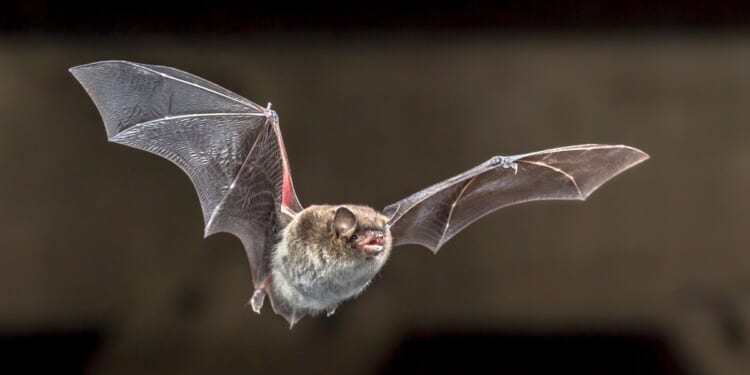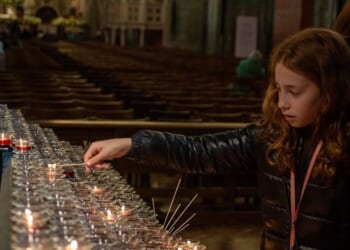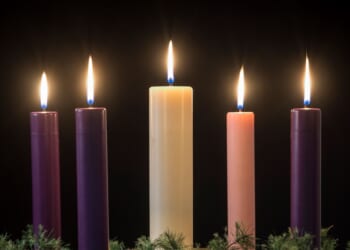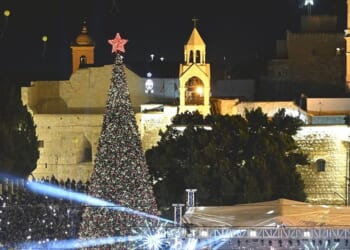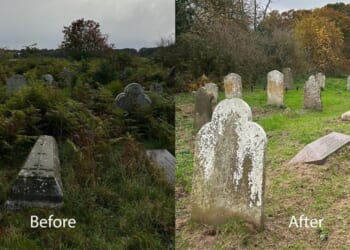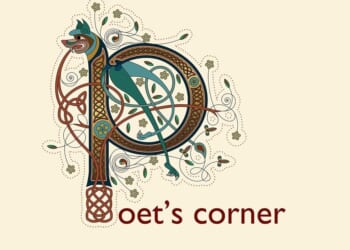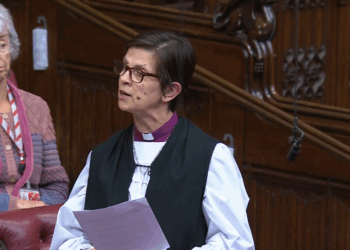HISTORIC church buildings help the future conservation of bats, research based on a survey by the Bat Conservation Trust suggests.
Amid a reduction in wildlife habitats, concerns have been expressed that legislation currently protecting bats could be amended or removed. One in three of the 1450 confirmed bat species are listed in the International Union for Conservation of Nature Red List as ‘threatened’.
An estimated 60 per cent, 8000, of the Church of England’s 12,000 legally protected churches have roosts, with architectural features such as roof and eave voids making pre-Reformation buildings the most favoured. The local landscape context — proximity to water, woodland, agricultural land, hedges, and tree lines — is also found to be important.
The study, published on the British Ecological Society website, says: “Urban landscapes can sometimes provide islands of isolated suitable habitat amid agricultural land. We suggest that churches within arable domain landscapes are acting as islands of roosting opportunities for the bats.”
How welcome bats are in churches depends on the extent of any damage or disruption from their urine and droppings, the study suggests. Using data from a Bats in Churches partnership study (2019-22), the researchers sought to test perceptions that church representatives would be negative about having bats in the building.
It found that only ten per cent of the church communities surveyed had that negative attitude: “Bat faeces and urine, especially on holy areas such as the altar, cause distress to worshippers and lead to sensitivities and concerns about bats using these buildings. Hundreds of females, large colonies and their associated excreta often mean an increased cleaning burden for a church community, which in turn can lead to negative attitudes towards bats. Understanding these attitudes is an essential basis for mitigating conflict arising from this burden in church communities.”
It continues: “Outreach and targeted projects involving local communities can be put in place as a challenging but often successful approach to the conservation of bat species in these important buildings.”
Church sampling protocol was used to select churches from a pool of 1275 randomly selected churches taken from 17,839 listed in the Church Heritage record. The final level of churches surveyed was 350, and this was ascribed to lack of volunteers, insufficient responses from church contacts in some areas, or churches that were closed or whose listed data were incomplete.
The data also show that each church often houses multiple species, with a median of three bat species per church. Seventy-seven per cent of the churches where the representative knew that the bats were roosting reported that they had known about that presence for more than five years. In 35 per cent of the churches where evidence was found, the church contact was unaware of bat presence. A high proportion of responses from churches without any roosts were neutral or indifferent towards bats: those where disruption to services, including weddings and funerals, was experienced were less positive.
Bats were less likely to roost in buildings that had artificial lighting around them, more specifically on the west side.
The study says: “It is important that support is put in place to reduce conflict and to help with cleaning and the protection of historic interiors.”
It recommends further research, including a more detailed analysis of church features, to gauge the impact of the presence of bats, and concludes: “Churches provide important roosting structures for bats, especially in more rural agricultural areas, but there are many questions to be answered, despite the positivity of the findings.”

